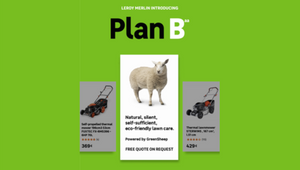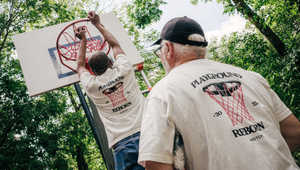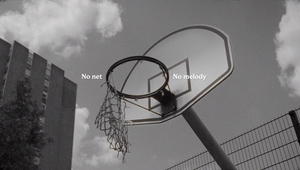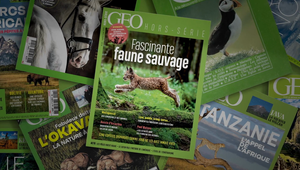
When the Stories of Museums and Brands Intertextualise

There are bastions that we thought were immutable. Temples of culture designed to transmit, contemplate and understand. Preserved places, in a France that enshrined the right to culture in its Constitution in 1946. The Louvre, Orsay, Branly... All names that we imagine to be a million miles away from advertising dynamics.
And then, one day, a brand appears behind the windows. Then another. First as patrons, they become partners, then co-curators - some even pushing the museum's investment by building their own foundation (Cartier, Louis Vuitton...).
Recently, a new form of curation between brands and museums has been gaining momentum, whereby brands are integrated into the permanent collections of museums, thus creating a new itinerary. In this way, they shed light on these heritage collections from their own perspective, establishing an implicit dialogue between museum art and the language of brands. This phenomenon can be analysed from the perspective of intertextuality, a concept derived from literature that describes the way in which one text enriches or reinterprets another. From a museum perspective, it reflects the way in which brands fit into a pre-existing cultural narrative, playing on the resonances between their own universe and the works on display.
Always at the forefront of trends, in 2021 Yves Saint Laurent is experimenting with this new way of looking at museum tours. As part of this initiative, the brand is forming partnerships with six Parisian museums to install the couturier's iconic creations there. Juxtaposed strategically like ‘twin’ pieces, the outfits and the works enrich each other from a new perspective.
On the institutional side, the Louvre is also adopting this new format of intertextualisation. At the end of 2024, it first explored it alongside a prestigious partner, L'Oréal, through the exhibition De toutes beautés! The cosmetics giant highlighted 108 works from the museum's permanent collection, offering visitors a journey that traced the evolution of aesthetic canons through the ages. In the same vein, the Haute Couture exhibition is currently extending this approach by juxtaposing creations by great couturiers with the works that inspired them, thus weaving an unprecedented dialogue between the two arts.
For the Louvre, intertextualisation appears to be a means of making its collections more accessible, particularly to a younger audience, as it builds bridges with cultural references rooted in everyday life. As early as the 2000s, during a symposium on the future of museums, the institution affirmed the need to ‘combine, cross, intertextualise, hypertextualise’. A vision that is taking shape today through new itineraries, inviting visitors to rediscover its space which - it must be admitted - is sometimes difficult to navigate.
It must be said that cultural institutions are having to deal with rapidly growing visitor numbers. Recent data indicates that exhibition attendance in Paris has increased by around 15 to 20% in recent years, demonstrating a craze for cultural experiences. In this context, diversifying the programme by incorporating collaborations with brands could enable museums to keep pace. A compromise that would allow classic curation to be enriched rather than supplanted, in order to respond to public demand.
It's a winning bet for brands too. In a world where they are increasingly seeking to move away from traditional advertising, reinterpreting a collection becomes an opportunity to anchor themselves in timeless heritage and claim a role in cultural transmission - reversing the axiom that ‘culture cements the brand to its environment’. With intertextualisation, the brand cements culture to its environment, meaning that it is no longer content to borrow its symbolic aura from culture, but participates in its interpretation and influence, thus affirming its legitimacy in a narrative that is broader than its own.
However, as brands become part of the cultural landscape, a question arises: are we simply witnessing an evolution in the formats of exposure or a redefinition of our relationship with culture?
Because culture is not just a shop window: it shapes our minds, directs our gaze, illuminates our understanding of the world. Accepting that it is partly shaped by companies whose primary logic is commercial, does this not risk altering its meaning? Can a brand be a legitimate mediator of knowledge, or does it not inevitably impose its own narrative?
One possible answer could be inherent to the very nature of the museum: a space for reflection, education and the transmission of knowledge. Our challenge is to ensure that it remains so.
Going further, future formats of intertextualisation could be accompanied by an educational dimension, highlighting the links that are forged between cultural institutions and brands. One of the roles of museums that intertextualise with brands could be to raise public awareness of this hybrid format, by encouraging critical reflection on its issues. By offering visitors tools for understanding (through educational devices and discussion spaces, for example), the exhibition as a subject would no longer be just a space to visit, but an approach to be actively questioned.















